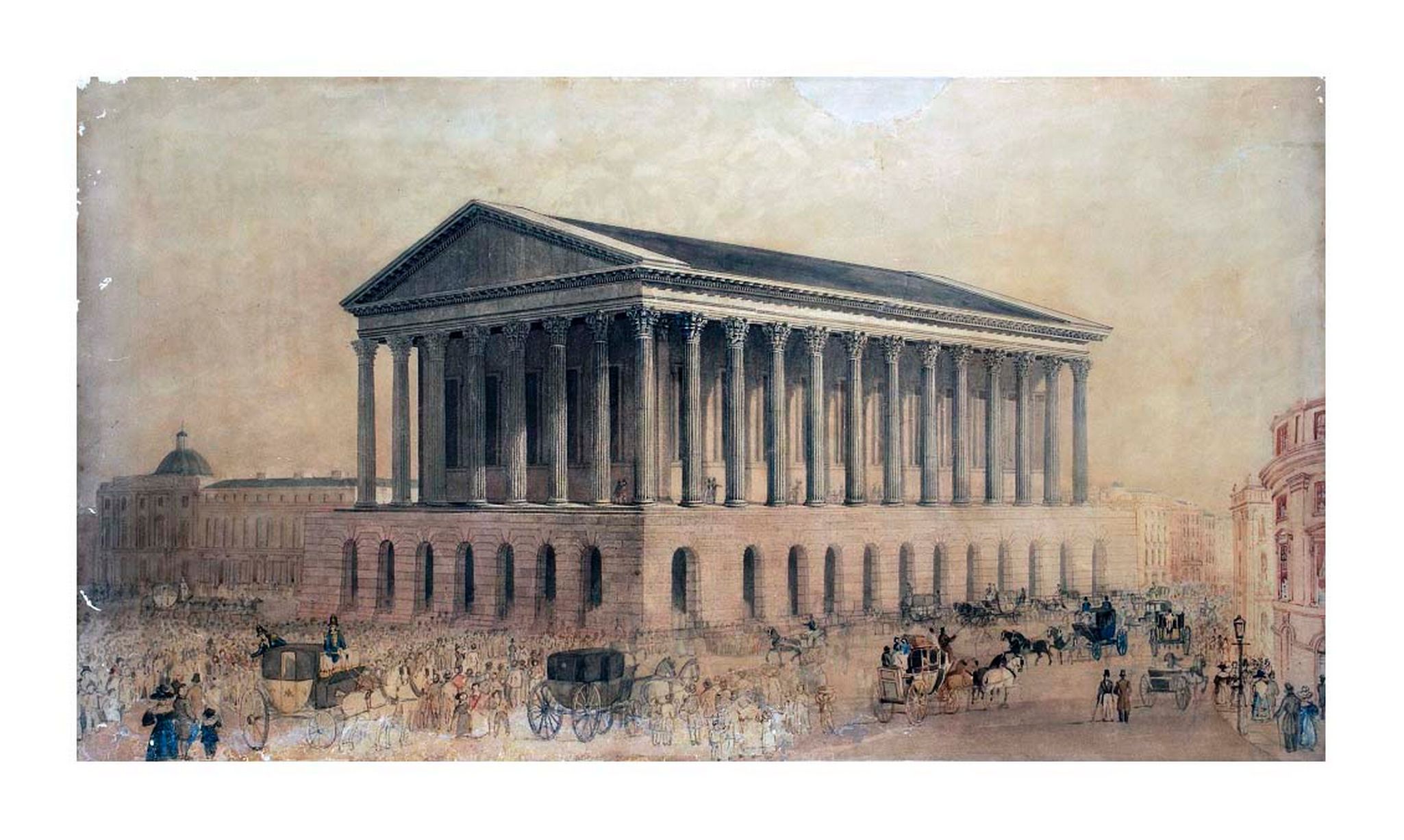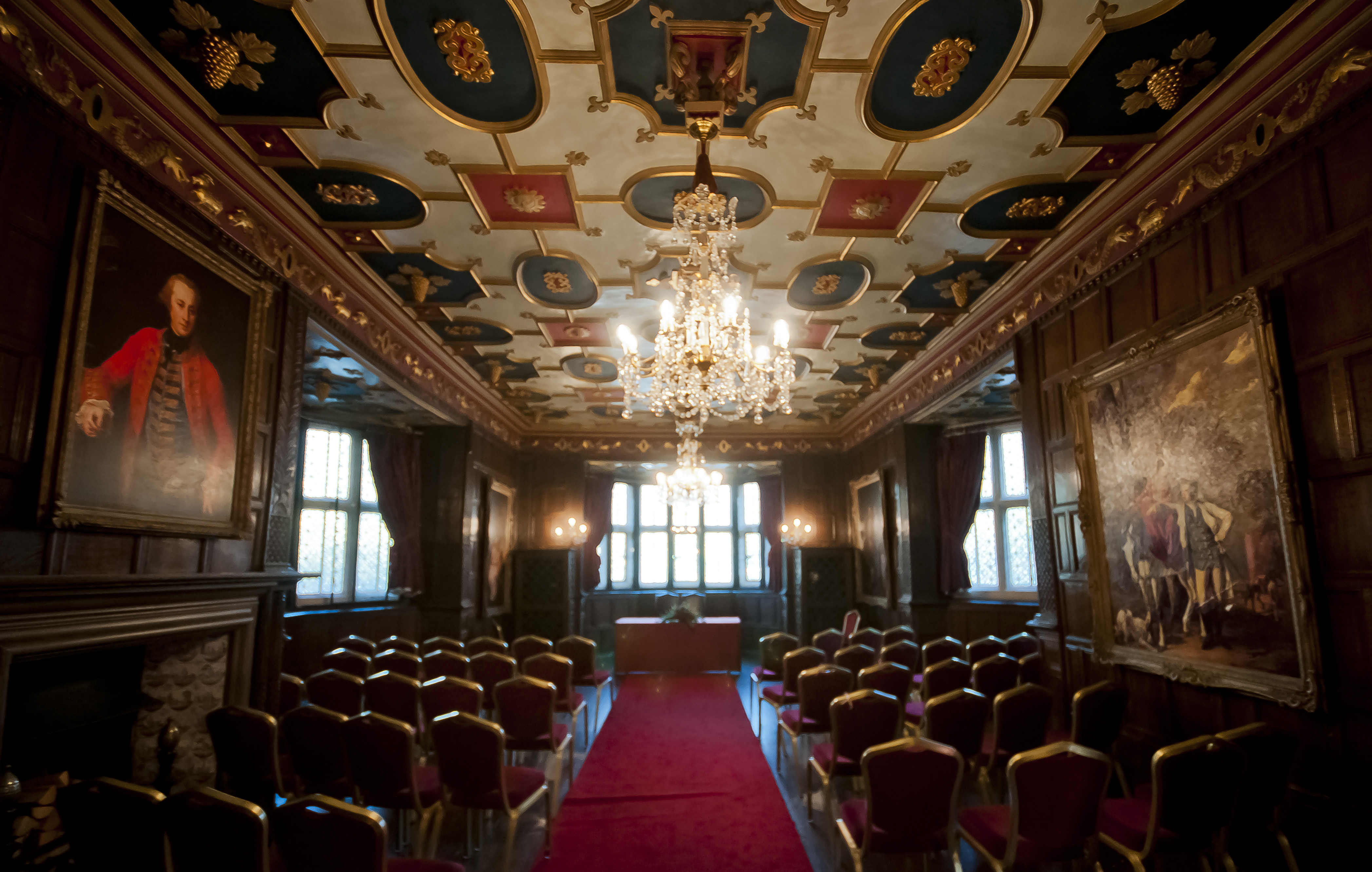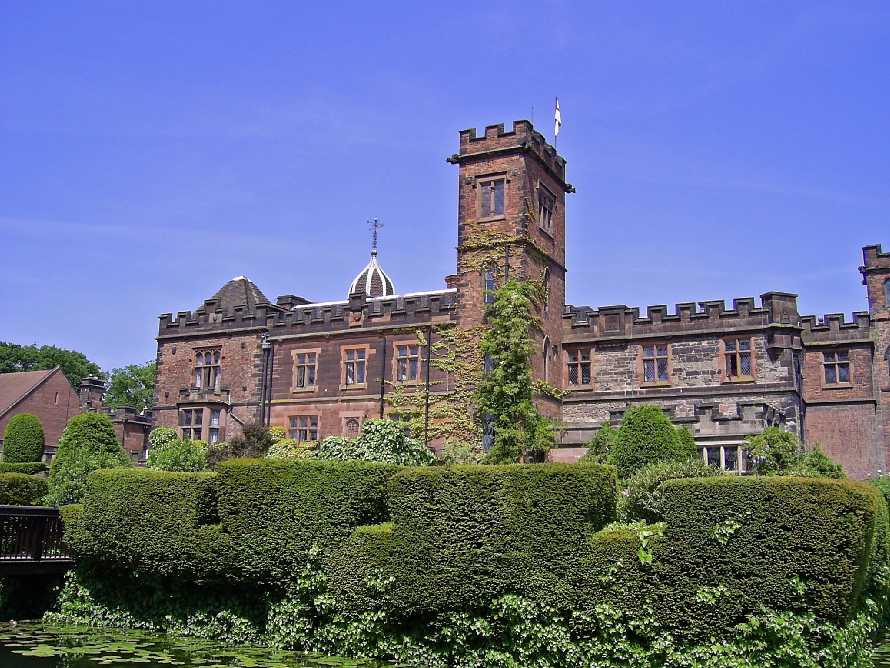|
Grade I Listed Buildings In The West Midlands
There are over 9000 Grade I listed buildings in England. This page is a list of these buildings in the county of West Midlands, by borough. Birmingham Wolverhampton Coventry Dudley Sandwell Solihull See also *Grade II* listed buildings in the West Midlands * Listed pubs in Birmingham Notes References National Heritage List for England {{GradeIListedbuilding West Midlands
West or Occident is one of the four cardinal directions or points of the compass. It is the opposite direction from east and is the direction in which the Sun sets on th ...
[...More Info...] [...Related Items...] OR: [Wikipedia] [Google] [Baidu] |
West Midlands UK Locator Map 2010
West or Occident is one of the four cardinal directions or points of the compass. It is the opposite direction from east and is the direction in which the Sun sets on the Earth. Etymology The word "west" is a Germanic word passed into some Romance languages (''ouest'' in French, ''oest'' in Catalan, ''ovest'' in Italian, ''oeste'' in Spanish and Portuguese). As in other languages, the word formation stems from the fact that west is the direction of the setting sun in the evening: 'west' derives from the Indo-European root ''*wes'' reduced from ''*wes-pero'' 'evening, night', cognate with Ancient Greek ἕσπερος hesperos 'evening; evening star; western' and Latin vesper 'evening; west'. Examples of the same formation in other languages include Latin occidens 'west' from occidō 'to go down, to set' and Hebrew מַעֲרָב maarav 'west' from עֶרֶב erev 'evening'. Navigation To go west using a compass for navigation (in a place where magnetic north is the same dir ... [...More Info...] [...Related Items...] OR: [Wikipedia] [Google] [Baidu] |
St Nicolas' Church, Kings Norton
St Nicolas's Church, Kings Norton, is the Anglican parish church of Kings Norton, in the Diocese of Birmingham, West Midlands, United Kingdom. History A church has been located on this site as early as the 11th century when the Normans built a small, rectangular chapel. It is not known if this was the result of a rebuild of a previous church. A church on this site has been recorded in documents since 1213. The current St Nicolas's Church dates from the early 13th century, and the spire was constructed between 1446 and 1475. The Norman building was demolished in the 14th century when a new nave, both aisles and the chancel arch were constructed. In the 17th century, almost the whole of the south aisle was re-built, the chancel was re-roofed and the low pitched roof that covered the nave from the 15th century was replaced by a much steeper version. Both north aisle and south aisle were given four separate, high pitched roofs set side by side. A parish was assigned to the church in 1 ... [...More Info...] [...Related Items...] OR: [Wikipedia] [Google] [Baidu] |
Victoria Law Courts
The Victoria Law Courts on Corporation Street, Birmingham, England is a Grade I listed red brick and terracotta building that now houses Birmingham Magistrates' Court. History Designed by Aston Webb & Ingress Bell of London after an open competition in 1886, assessed by architect Alfred Waterhouse, to provide the first assize courts in the rapidly growing town of Birmingham, it is faced entirely in deep red terracotta from the clay of Ruabon in North Wales and covered in intricate terracotta ornamentation. A statue of Queen Victoria by Harry Bates surmounts the main entrance. Other figures are by sculptor William Silver Frith to designs by Walter Crane. The rear of the building is less elaborately decorated. The foundation stone was laid by Queen Victoria on 23 March 1887 in her Golden Jubilee year. Built by Birmingham firm John Bowen and Sons, the courts were opened on 21 July 1891 by the Prince and Princess of Wales. Additions were made adding a projecting bow window ... [...More Info...] [...Related Items...] OR: [Wikipedia] [Google] [Baidu] |
Birmingham Town Hall
Birmingham Town Hall is a concert hall and venue for popular assemblies opened in 1834 and situated in Victoria Square, Birmingham, England. It is a Grade I listed building. The hall underwent a major renovation between 2002 and 2007. It now hosts a diverse programme of events including jazz, world, folk, rock, pop and classical concerts, organ recitals, spoken word, dance, family, educational and community performances, as well as annual general meetings, product launches, conferences, dinners, fashion shows, graduation ceremonies and broadcasts. History The building was created as a home for the Birmingham Triennial Music Festival established in 1784, the purpose of which was to raise funds for the General Hospital, after St Philip's Church (later to become a cathedral) became too small to hold the festival, and for public meetings. Two sites were considered by the Birmingham Street Commissioners for the construction of a concert hall in the city; Bennetts Hill and the ... [...More Info...] [...Related Items...] OR: [Wikipedia] [Google] [Baidu] |
Birmingham School Of Art
The Birmingham School of Art was a municipal art school based in the centre of Birmingham, England. Although the organisation was absorbed by Birmingham Polytechnic in 1971 and is now part of Birmingham City University's Faculty of Arts, Design and Media, its Grade I listed building on Margaret Street remains the home of the university's Department of Fine Art and is still commonly referred to by its original title. History The origins of the School of Art lie with the Royal Birmingham Society of Artists, who founded the ''Birmingham Government School of Design'' in 1843. George Wallis (1811–1891), Wolverhampton-born artist and art educator, was its Headmaster in 1852–1858. In 1877, the Town Council was persuaded by the school's energetic headmaster Edward R. Taylor to take the school over and expand it to form the United Kingdom's first municipal college of art. With funding coming from Sir Richard and George Tangye, the current building was commissioned from architect J H ... [...More Info...] [...Related Items...] OR: [Wikipedia] [Google] [Baidu] |
New Hall Manor
New Hall Manor is a medieval manor house, now used as a hotel, in Sutton Coldfield, West Midlands, England. It is claimed to be one of the oldest inhabited moated houses in Britain,''Walmley and its surroundings'' (Chapter II: ''New Hall, New Hall Mill and the Ebrook''), page 25, Douglas V. Jones, 1990, Westwood Press () dating from the 13th century when the Earl of Warwick built a hunting lodge on the site. The first reference to the site as a manor is from 1435 when by the homage in a court baron at Sutton after Sir Richard Stanhope's death, when he held it of the Earl of Warwick. The core of the present building, including the great hall, dates from the 16th century when the Gibbons family (relatives of Bishop Vesey) were in residence. Thomas Gibbons is said to have bought New Hall in 1552. Later owners included the Sacheverells, who received it from Thomas and Edward Giddons, and the Chadwicks, who were bequeathed it from George Sacheverell. In 1739, the Sacheverells mortg ... [...More Info...] [...Related Items...] OR: [Wikipedia] [Google] [Baidu] |
Handsworth, West Midlands
Handsworth () is a suburb and an inner-city area of Birmingham in the West Midlands. Historically in Staffordshire, Handsworth lies just outside Birmingham City Centre and near the town of Smethwick. History The name ''Handsworth'' originates from its Saxon owner Hondes and the Old English word ''weorthing'', meaning farm or estate. It was recorded in the Domesday Survey of 1086, as a holding of William Fitz-Ansculf, the Lord of Dudley, although at that time it would only have been a very small village surrounded by farmland and extensive woodland. Historically in the county of Staffordshire, it remained a small village from the 13th century to the 18th century. Accommodation was built for factory workers, the village quickly grew, and in 1851, more than 6,000 people were living in the township. In that year, work began to build St James' Church. Later St Michael's Church was built as a daughter church to St James'. In the census of 1881, the town was recorded as having ... [...More Info...] [...Related Items...] OR: [Wikipedia] [Google] [Baidu] |
Hall Of Memory, Birmingham
The Hall of Memory is a war memorial in Centenary Square, Birmingham, England, designed by S. N. Cooke and W. N. Twist. Erected 1922–25 by John Barnsley and Son, it commemorates the 12,320 Birmingham citizens who died in World War I. Built directly over a filled-in canal basin of Gibson's Arm, it was the first structure in an area (now occupied by Centenary Square and the International Convention Centre and Symphony Hall) purchased by the council for the creation of a grand civic scheme to include new council offices, the mayor's residence, a public library, and a concert hall. The scheme was abandoned after the commencement of World War II with only half of one wing of the planned Baskerville House having been built. Made from Portland stone, from the Isle of Portland in Dorset, the foundation stone was laid by the Prince of Wales on 12 June 1923 and it was opened by Prince Arthur of Connaught on 4 July 1925 to a crowd of 30,000. Construction had cost £60,000 and was fu ... [...More Info...] [...Related Items...] OR: [Wikipedia] [Google] [Baidu] |
Edgbaston
Edgbaston () is an affluent suburban area of central Birmingham, England, historically in Warwickshire, and curved around the southwest of the city centre. In the 19th century, the area was under the control of the Gough-Calthorpe family and the Gillott family who refused to allow factories or warehouses to be built in Edgbaston, thus making it attractive for the wealthier residents of the city. It then came to be known as "where the trees begin". One of these private houses is grade one listed and open to the public. The majority of Edgbaston that falls under the B15 postcode finds itself being part of the Calthorpe Estate. The estate is an active conservation area, and it is here that the areas most prized properties are situated. The exclusivity of Edgbaston is down to its array of multi-million listed Georgian and Victorian villas, making it one of the most expensive postcodes outside of London. Edgbaston boasts facilities such as Edgbaston Cricket Ground, a Test m ... [...More Info...] [...Related Items...] OR: [Wikipedia] [Google] [Baidu] |
The Homestead, Edgbaston
The Homestead, 25 Woodbourne Road, Edgbaston, Birmingham, England is a house built in 1897. It was designed by Charles Bateman, and built by ''James Smith & Son''. The architectural style is Arts and Crafts and the house is a Grade I listed building. The garden wall and gate piers facing Woodbourne Road have a separate Grade I listing. The Homestead remains a private residence. History Over a period of some three hundred years, the city of Birmingham expanded from a West Midlands town with few natural advantages into England's second city and "one of the greatest manufacturing centres in the world". The later 19th century saw major growth of the city's suburbs, including that of Edgbaston, to the south-west of the city centre. The area largely belonged to the Gough-Calthorpe family which presided over sensitive development aimed at the city's affluent middle and upper classes. The city's architects developed a distinctive regional variant of the Arts and Crafts architectural ... [...More Info...] [...Related Items...] OR: [Wikipedia] [Google] [Baidu] |
Sutton Coldfield
Sutton Coldfield or the Royal Town of Sutton Coldfield, known locally as Sutton ( ), is a town and civil parish in the City of Birmingham, West Midlands, England. The town lies around 8 miles northeast of Birmingham city centre, 9 miles south of Lichfield, 7 miles southwest of Tamworth and 7 miles east of Walsall. Sutton Coldfield and its surrounding suburbs are governed under Birmingham City Council for local government purposes but the town has its own town council which governs the town and its surrounding areas by running local services and electing a mayor to the council. It is in the Historic county of Warwickshire, and in 1974 it became part of Birmingham and the West Midlands metropolitan county under the Local Government Act 1972. History Etymology The etymology of the name Sutton appears to be from "South Town". The name "Sutton Coldfield" appears to come from this time, being the "south town" (i.e. south of Tamworth and/or Lichfield) on the edge of the ... [...More Info...] [...Related Items...] OR: [Wikipedia] [Google] [Baidu] |
Holy Trinity Church, Sutton Coldfield
Holy Trinity Parish Church is the parish church of Sutton Coldfield, Birmingham, England. It is Grade I listed and gives its name to the ward in which it stands, Sutton Trinity. History The first church on the site is thought to have been built in the 13th century, associated with the nearby Sutton Coldfield manor. The earliest part of the current building, the west tower, dates from the late 15th century. In the 1530s, Bishop John Vesey extended the church with two side aisles and added an organ. In the 18th century, galleries, pews and bells were added to the church. Inside the church are the tomb of Bishop Vesey, as well as a font, acquired in the 19th century from the Church of St Lawrence, Over Winacre, Nottinghamshire. The ornate, early 17th-century screens and panelling, fitted in 1875, were removed from the choir and organ casing of Worcester Cathedral in 1864. In 1835 the church built a chapel near Mere Green which later became St James' Church, Hill. In 1853 part ... [...More Info...] [...Related Items...] OR: [Wikipedia] [Google] [Baidu] |







